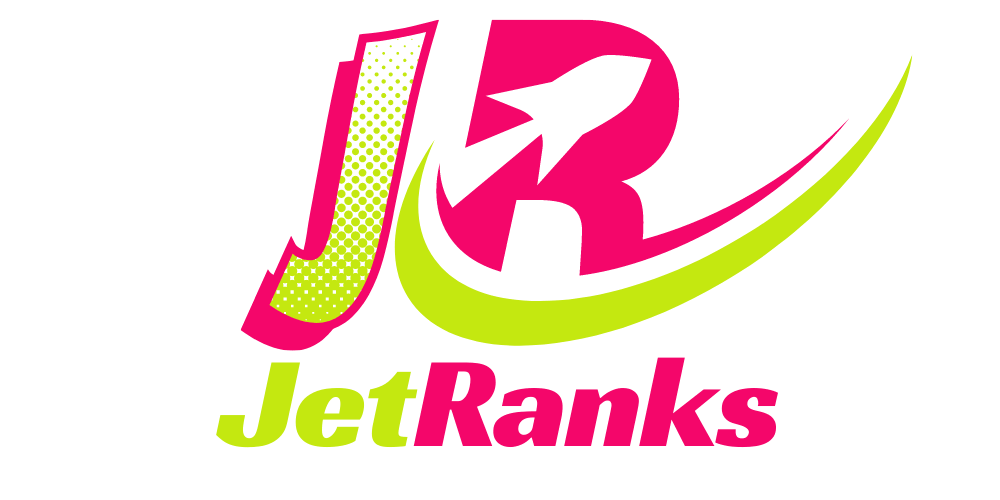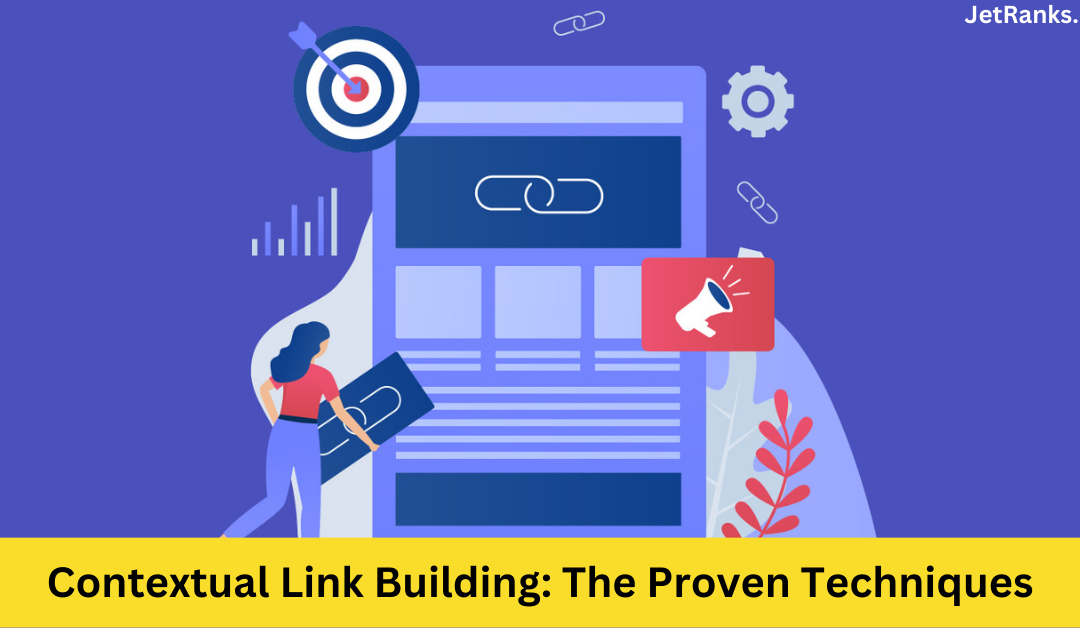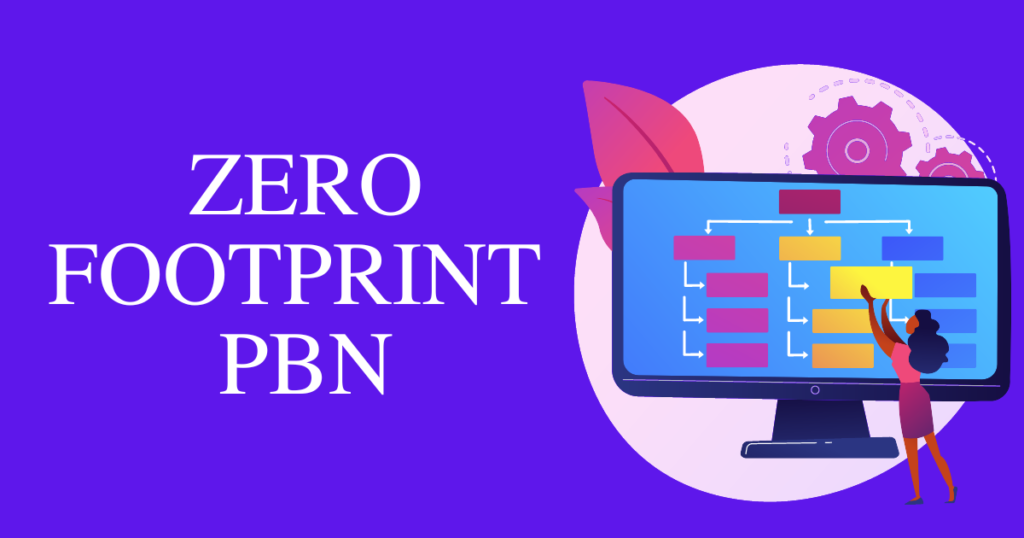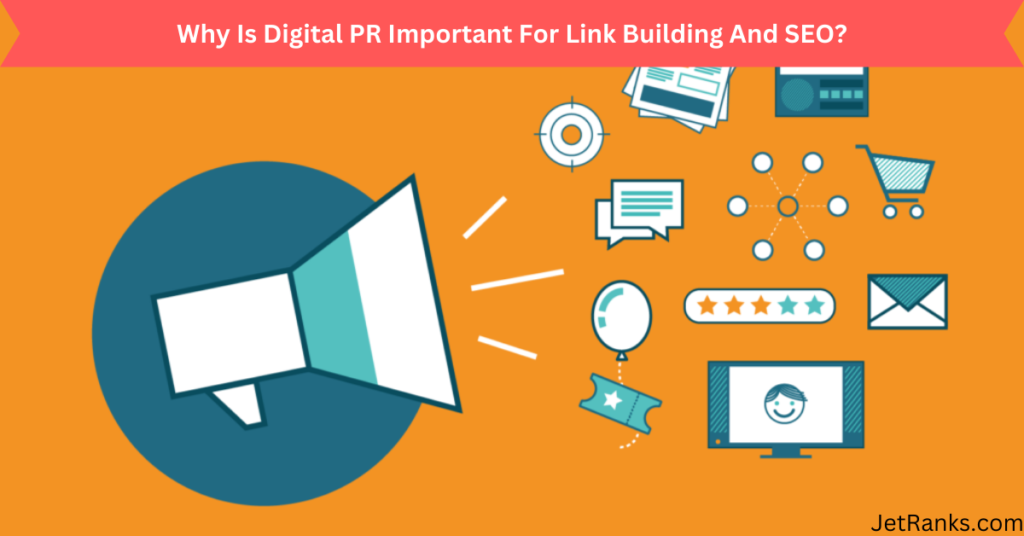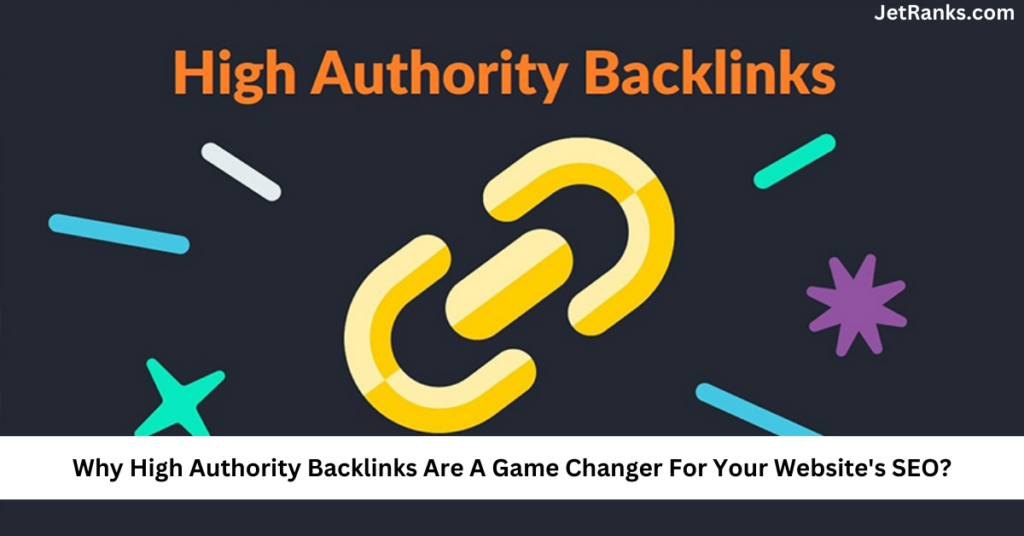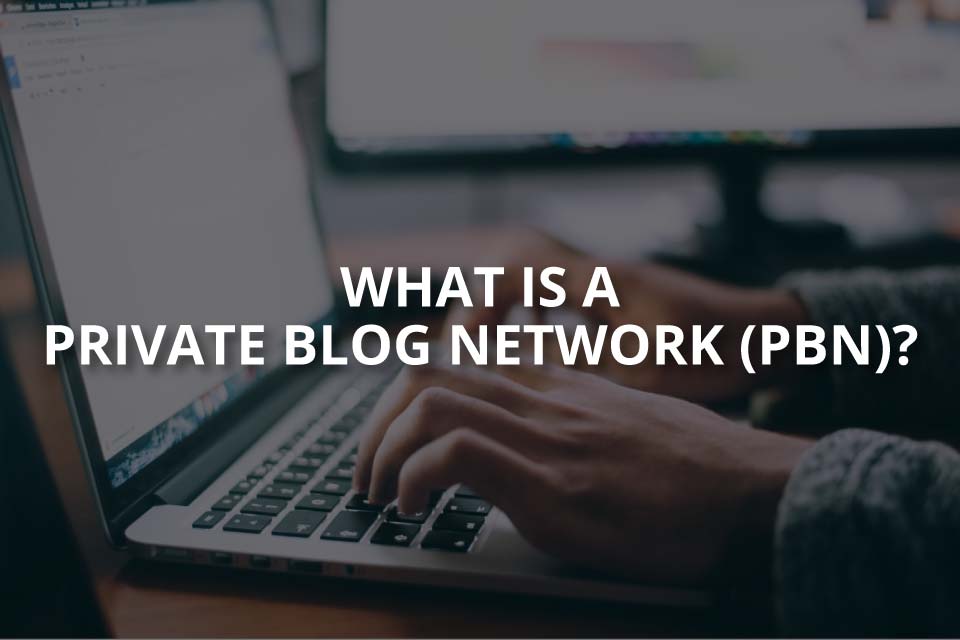Introduction
Contextual link building is an effective SEO technique that obtains hyperlinks from other websites. These hyperlinks point to authoritative websites related to your own, which helps to increase a website’s organic visibility. Contextual link building can be used to increase a website’s authority and relevance and improve its organic web traffic.
Contextual link building is vital for SEO as it helps to increase a website’s domain and page authority. This means that search engine algorithms see the website as more credible, leading to higher rankings on search engine results pages (SERPs). This can result in more organic web traffic, which can increase brand awareness, recognition, and sales.
Search engine algorithms are constantly evolving, so staying up to date with the latest SEO trends is crucial. Contextual link-building is an effective way to stay ahead of the curve and improve your website’s visibility.
However, it’s important to note that link building comes with its challenges and risks. These include scams and spammy tactics, the potential for incorrectly implemented links, difficulty finding relevant and high-quality websites, and the need for manual outreach when doing contextual link building.
In this article, we will discuss the benefits and challenges of contextual link-building and popular strategies and tools. We will also discuss how to maximize link-building efforts and ensure success. By the end of this article, you should clearly understand what contextual link building is and how to incorporate it into your SEO strategy.
Popular Contextual Link-Building Strategies
Guest blogging is a popular contextual link-building strategy, and it’s a great way to start building your backlink portfolio. By writing blog posts for other websites in your niche, you can strategically link to your website. This type of link-building ensures that new audiences see your content and can provide long-term value to your business.
Resource page link building is a form of link building that involves finding websites with a resource section. You can target these websites and then submit your content to get a link. This type of link building is excellent for getting high-quality and relevant links, boosting your ranking on search engine results pages.
Link reclamation is a process that involves finding websites that have already linked to your content and then asking them to update the link to your latest version of the content. This is a great way to get more out of your written and published content.
Forum and blog commenting are another popular contextual link-building strategy.
This involves leaving comments on blogs and forums that have a large audience. By leaving thoughtful comments, you can gain links to your website and increase traffic.
Broken link building is a process that involves finding websites that have quality content but are linking to broken or outdated pages. You can contact the website owners and offer to replace the broken link with your own. This is a great way to get quality links and showcase your content.
By utilizing these contextual link-building strategies, you can begin to build your backlink portfolio and dominate Google rankings. It’s essential to understand the benefits of each strategy and use the appropriate tools and techniques to ensure success.
Tools For Contextual Link Building
When building links for SEO, contextual link building is an essential strategy. While manual outreach and link building can be daunting, various tools are available to help you quickly source and acquire links.
Link-building tools are designed to make the link-building process easier and more efficient. They include features like identifying possible link opportunities and conducting outreach campaigns with web admins and site owners. They can be beneficial for contextual link building, as they can help you quickly identify relevant and authoritative websites and reach out to them in an organized manner.
One example of a link-building tool is Ahrefs. It is a powerful tool that helps you find potential link opportunities and analyze their quality. With Ahrefs, you can find sites relevant to your niche and discover potential link placements. It also provides insight into the top-performing web pages and the websites that link to them. This can help you to identify the types of content and link placements that are most effective for SEO.
Moz Link Explorer is another popular link-building tool. It helps you to find and analyze backlinks, track keyword rankings, and measure the SEO performance of your website. It also provides a list of sites linking to your competitors, which can be a great source of potential link opportunities.
Another popular link-building tool is SEMrush. It is an all-in-one tool that helps you to find link-building opportunities, analyze backlinks and track the performance of your website. It also provides valuable insight into the competitive landscape, allowing you to identify weaknesses in your link-building strategy.
Finally, BuzzSumo is an excellent tool for finding influencers and content ideas. It allows you to search for relevant topics and find people sharing content related to your niche. This can help you to find potential link placements and reach out to influencers with relevant link-building opportunities.
These tools can help to streamline the link-building process and make it easier to acquire quality links. Using the right tools, you can quickly identify the best link-building opportunities and maximize the impact of your SEO efforts.
Benefits Of Contextual Link Building
Contextual link building is an essential SEO technique many businesses fail to utilize to its fullest potential. That’s because, when done right, it can be a potent tool for improving your website’s visibility and rankings in the search engine results pages (SERPs). Contextual link building is the strategic act of placing links to a website on a relevant page or content based link building instead of randomly placing links all over the internet.
Building links from relevant web pages or content helps your website gain more visibility and authority, which leads to higher rankings in Google’s search results.
One of the essential benefits of contextual link building is that it helps improve your website’s domain and page authority. Domain and page authority measure how authoritative a website is in the eyes of search engine algorithms. The higher your domain and page authority, the more likely you will rank higher in the search engine results. Contextual link building is also an effective way to increase organic web traffic. If you buy contextual backlinks to your website, you can increase the number of people who view your content.
Contextual link building can also help increase brand awareness and recognition and improve overall website visibility. When you link to relevant websites, you are increasing the chances of higher SERP rankings and creating backlinks that could direct more people to your website. Furthermore, contextual link building can help you to rank on the first page of Google. By building high-quality backlinks from quality web pages or content, you can increase the chances of your website appearing on the first page of Google.
In addition to the many benefits of contextual link building, some challenges come with it. One of the main challenges is avoiding scams and spammy tactics. This can be done by ensuring you only link to trustworthy websites and build backlinks in an organic, natural way. Another challenge is the potential for incorrectly implemented links, which can decrease rankings, not increase them. Finding relevant and high-quality websites can also be challenging, as it requires manual outreach and research.
Overall, contextual link building can be a powerful tool for improving your website’s visibility and rankings in the search engine results pages. By building links from relevant web pages or content, you can increase domain and page authority, organic web traffic, brand awareness and recognition, and the chances of ranking on the first page of Google. However, it is vital to be aware of and avoid scams, spammy tactics, and the potential for incorrectly implemented links when doing contextual link building.
Challenges Of Contextual Link Building
Contextual link building can be a powerful tool for boosting your SEO efforts. However, there are some challenges to be aware of when building links this way. To ensure success, you must avoid scams and spammy tactics, use relevant and high-quality websites, and complete manual outreach when building links.
One of the biggest challenges of contextual link building is avoiding scams and spammy tactics. You want to ensure you are only building links through legitimate sources, as this can negatively impact your website’s overall rankings. This means you should avoid link-building services and software that promise quick results – they may be using shady tactics that could hurt your rankings in the long run.
Another challenge is finding relevant and high-quality websites to link to. To maximize the impact of your contextual link building, you must ensure the websites you are linking to are relevant to your content and have a good reputation. If you are linking to low-quality websites, it could have a negative impact on your SEO efforts.
Finally, contextual link building requires a lot of manual outreach. This means you will need to contact websites manually to request links, which can be time-consuming. To ensure success, you must be patient and persistent in your outreach efforts.
Overall, contextual link-building can be an effective SEO technique, but awareness of the challenges and potential pitfalls is essential. Ensure you avoid scams and spammy tactics, source relevant and high-quality websites for your links, and be prepared to do a lot of manual outreach. If done correctly, contextual link-building can be a powerful tool for dominating Google rankings.
Conclusion
Contextual link building is a proven technique to supercharge your SEO efforts. It can help you improve your domain and page authority, increase organic web traffic, and increase the chances of ranking on the first page of Google. Popular contextual link-building strategies include guest blogging, resource page link building, link reclamation, forum and blog commenting, and broken link building.
Tools such as link-building tools can be used to find contextual link opportunities. However, there are some challenges to contextual link building, such as scams and spammy tactics, the potential for incorrectly implemented links, finding relevant and high-quality websites, and needing manual outreach when doing contextual link building.
It is essential to stay on top of industry trends, use reliable link-building tools and techniques, and ensure that your links are high quality to maximize your link-building efforts. With the right approach, contextual link building can be a powerful tool to help you dominate Google rankings and propel your SEO efforts.
